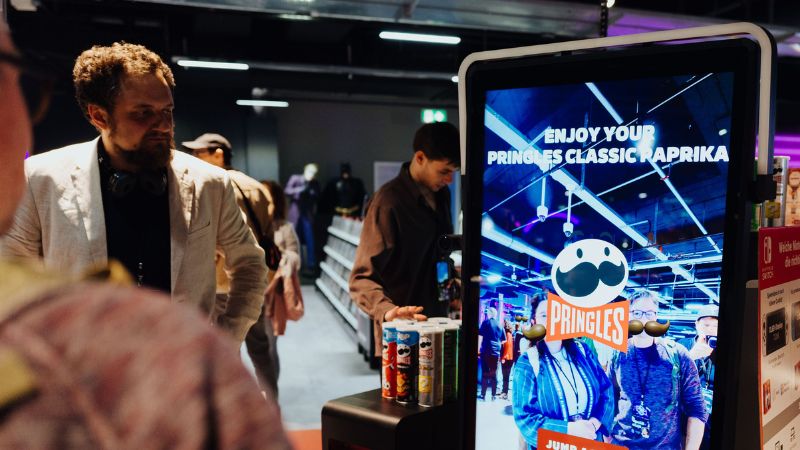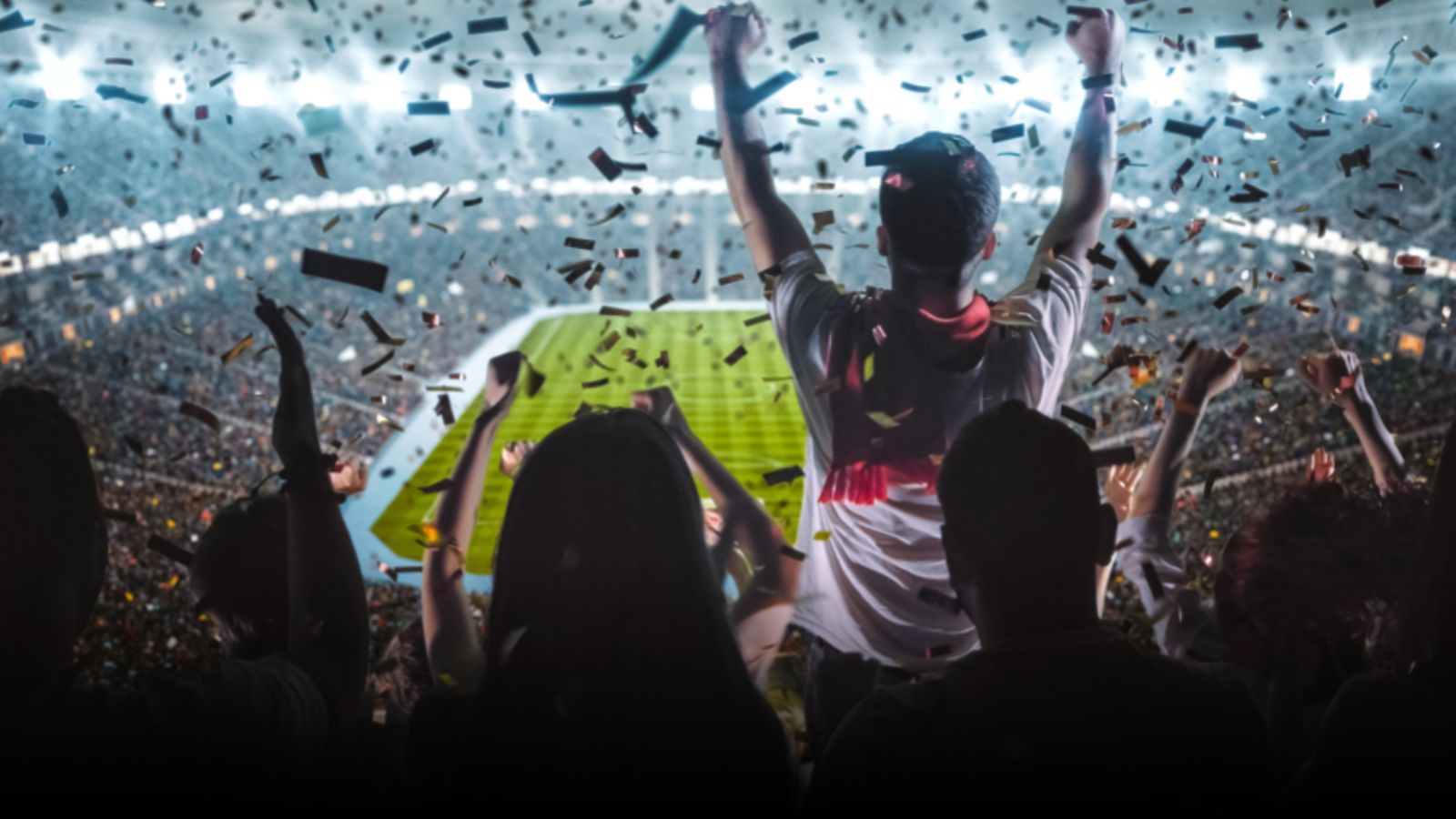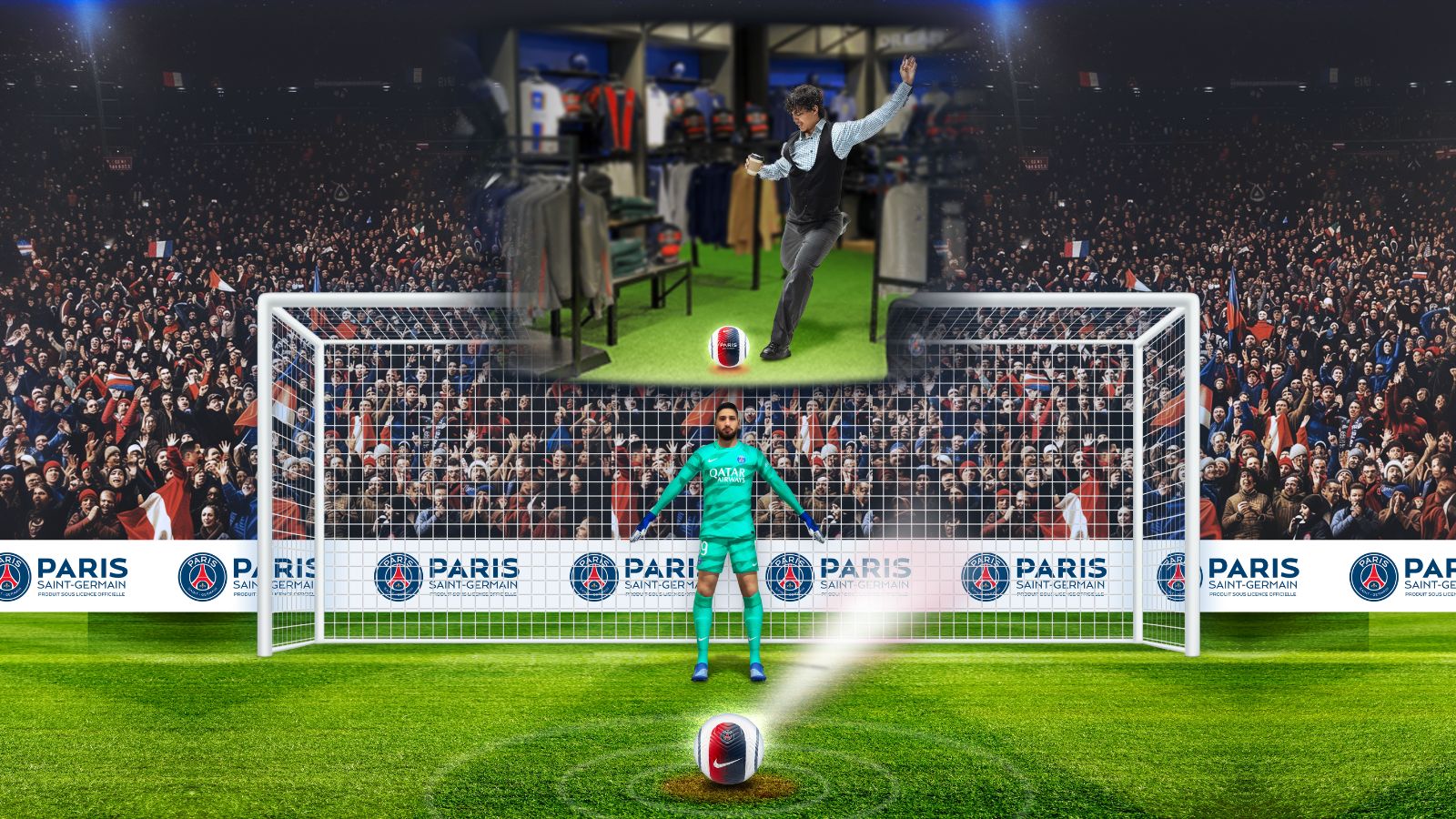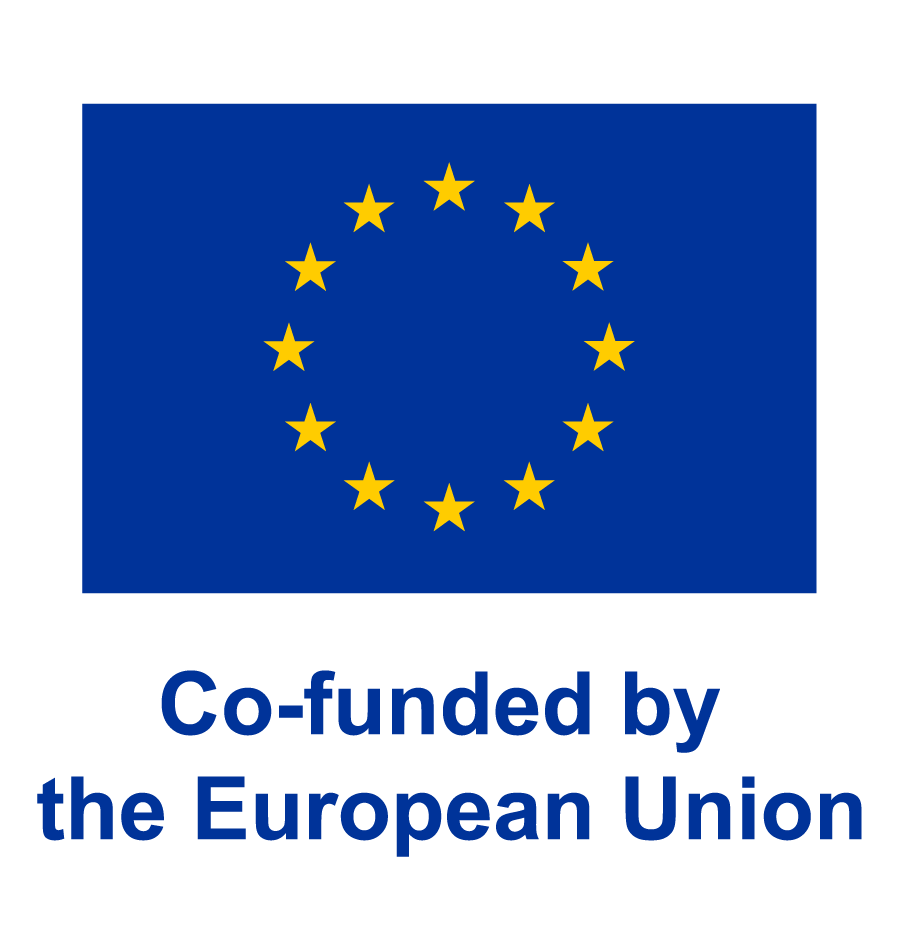Today's users are increasingly looking for interactive ways to connect with the brands. Therefore brands should consider augmented reality's (AR) powerful potential to provide new innovative ways to make meaningful connections with them.
Our blog article will deliver information regarding the definitions of event marketing, key benefits of AR in event marketing, AR numbers in events, augmented reality at fairs and events, AR event examples, and AR content in events powered by SENSAPE.
What is Event Marketing?
Since event marketing is a crucial term for various industries, many definitions were made through different studies. We gather some of the key definitions in this section before covering augmented reality for consumer exhibitions in the further sections.
Wallo and Häyrinen (2014) describe event marketing as a designed, strategic, and long-term approach in which an organization interacts with specific target audiences through events and connects with its stakeholders in a planned context.
Based on another definition, event marketing is a process designed to gain better understanding of the potential customers to develop an event that meets their needs (Mannonen, 2024).
Purwanegara et al. (2022) reinterprets event marketing as a marketing communications plan that employs a social engagement approach to foster communication through interactions. They specified that the focus of event marketing has changed from pure promotion to engagement.
Thinking about activating a project and discovering AR possibilities? Connect with us: SENSAPE contact form
For a clear understanding of event marketing, it is worth looking at the growing trend of the events market in the world. Therefore our article proceeds with the growth of the events market.
Growth of Events Market
Similar to event marketing, the significance of events market in general scope is also gradually increasing. In this section, you can find significant research inputs regarding this increase.
Events have become a key tool as a means of generating strong connections and they allow a close connection between brands and its consumers through brand experiences (Altschwager, 2015). Brands are constantly investing in events, as they recognize that live events are a powerful tool for raising awareness and persuading consumers to purchase products and services (Birdir et al., 2021).
A research by Jaya and Roshan (2022) states that the continuous growth of the global events market is expected to reach $2.5 trillion by 2035 which had a value of $736.8 billion in 2021. On the other hand, a research by Dinesh and Roshan (2022) claims that the growth of the events market in Europe is estimated to reach $123.9 billion by 2030 had a value of $31.4 billion in 2020.
If you are currently planning or considering to organize events and want to see immersive AR opportunities, let's reach out to us: SENSAPE contact form
From the above definitions, it is possible to see the importance of augmented reality marketing in events. Therefore we continue with the connection between these two important terms.
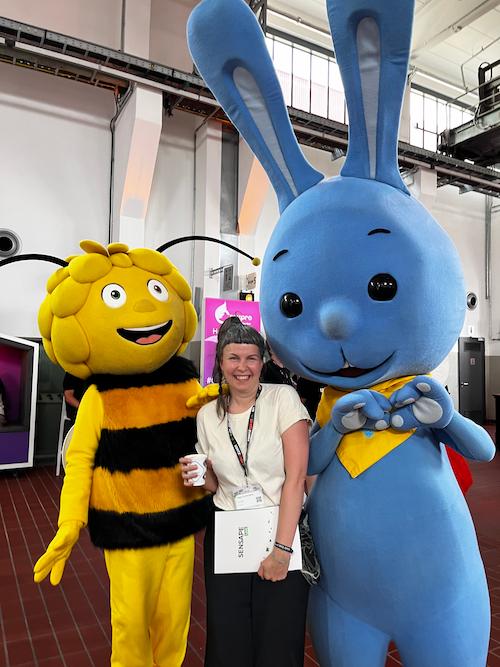
Benefits of Using AR at an Event
The advantages of augmented reality for consumer exhibitions were mentioned in the numerous studies and we collect some of the key benefits of using augmented reality at fairs and events in this section.
Just like artificial intelligence (AI), AR solutions are increasingly implemented in the event industry, showing enormous potential in providing immersive experiences for consumers, in which they can actively take part and interact during the event, leading to raised probability of building an emotional connection between the customer and the brand (Kęprowska, 2022).
Following are the 5 key benefits of augmented reality for consumer exhibitions:
• AR enriches live experiences and delivers a hybrid experience that boosts user interaction and engagement (Khanal, 2024).
• Offers interactive guides at events, thereby increasing the overall visitor experience (Tscheu and Buhalis, 2016).
• Can be used to deliver interactive schedules, guiding solutions, and customized virtual content that elevates interaction of the participants with the event (Khanal, 2024).
• Delivers experiences that are not only compelling but also deeply aligns with modern consumer demand for immersive experiences (Khanal, 2024).
• Increases visibility and sharing of the event through social media where brands can gain significant competitive advantage in this way (Cinar, 2021).
We are here to talk about how impactful is AR for consumer exhibitions: SENSAPE contact form
Along with the benefits of using AR at an event, it is also good to show the statistical data about the positive impact of AR event marketing. Therefore our article continues with these considerable statistical data.
AR Numbers in Events
While the influence of augmented reality content at live events is constantly growing, the number of reports that address these effects through statistical data are also increasing. In this section, we highlight the important outputs from one of these global reports.
Augmentality Shift Global Report by Snap Inc., & Ipsos. (2022) indicates essential statistical data on the impact of augmented reality for consumer shows.
The data from the study made with 20,279 current or future AR users and 1,021 brands shows the following significant data to consider:
• 67% of consumers show interest in experiencing AR at events and conferences.
• 48% of brands show interest in delivering AR experiences in the events industry.
• 74% of consumers are interested in AR for entertainment such as concerts and sport events.
• 38% of brands show interest in delivering AR experiences in the entertainment and concerts industries.
• 75% of brands agree AR makes sure products or events are accessible to all.
Since there is an important difference between the percentage of the consumers that show interest in experiencing at the events and the percentage of the brands that show interest in delivering AR experiences in the events, we think that brands should focus more on offering immersive augmented reality for fairs and events.
We would be more than happy to discuss AR solutions for immersive experiences for your activations. Feel free to contact us here: SENSAPE contact form
After indicating the statistical importance of AR content for events, it would be good to have a look at how is AR for consumer exhibitions being implemented.
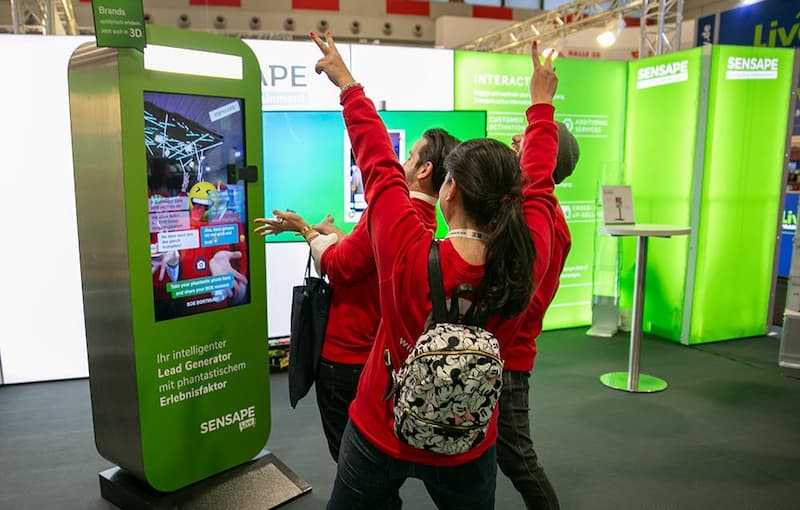
AR Event Marketing
Before providing the successful examples about augmented reality in consumer exhibitions, we are highlighting the reasons why AR event marketing is being preferred by the businesses.
Events nowadays are designed to provide lasting and impactful experiences, combining elements like AR, gamification, and customized offerings to engage participants (Batat, 2020).
Through augmented reality in entertainment events, products come alive through AR’s interactive functions, enabling participants to discover products in detail without any physical limitations. Similarly, AR-powered wayfinding and information systems make event navigation more immersive and insightful (Khanal, 2024).
AR event marketing not only elevates the user experience but also create vast amounts of data. By monitoring how users interact and what their preferences are in these augmented environments, event organizers and marketers can unlock key insights, allowing them to shape upcoming experiences more effectively by embracing a data-driven strategy (Khanal, 2024).
Feel free to contact us about possible AR activations for your projects: SENSAPE contact form
Before diving into the last part of our article, we first look at the examples of successful augmented reality content for live events held in different countries.
Examples of Augmented Reality in Event Management
For the better understanding of the impact of augmented reality in consumer exhibitions, we provide examples about AR content at live events in this section.
AR-Powered Music Festival (Khanal, 2024):
A major music festival launched an AR function in its mobile application, enabling audiences to use interactive maps, check artist details, and even meet up friends in the event. The strategy was adding practical AR elements into the festival’s app generated both entertainment and usefulness, boosting the entire festival experience. This is one of the good examples of augmented reality at festivals.
The AR elements delivered an entertaining and useful enhancement to the festival experience. Data gathered from app usage, including peak usage times, informed logistical decisions and improved crowd management strategies in subsequent years. This case study illustrates how augmented reality in event management brings added value to event experiences and how user interactions data can be crucially beneficial for improving future events.
Collaboration Between American Football Team and Stadium (Cinar, 2021):
An American football team and stadium collaborated to host an event. During the event, attendees took photos with their favorite players through AR and shared them on social media. Approximately 50 million interactions were made as a result of the event and the emotional fan engagement was deepened.
Shopping Mall Case (Cinar, 2021):
One of the malls in Australia sets out AR by using physical markers in the shopping center and shoppers were able to find their way easily in the physical area. In this way, the mall gained a significant competitive advantage.
After highlighting the successful case studies in the world about AR content at live events, we are continuing with the AR installations powered by SENSAPE.
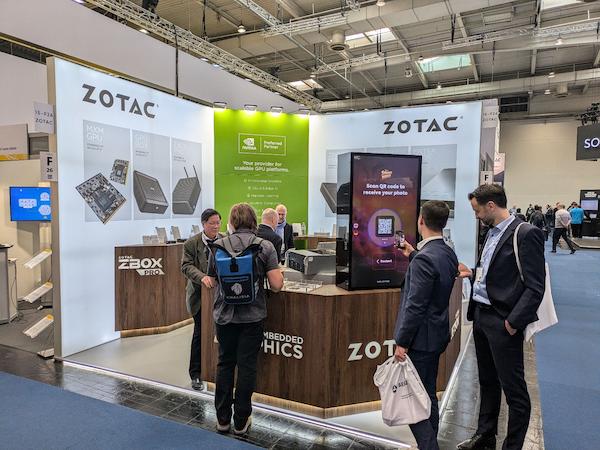
SENSAPE AR Event Marketing
In the last section of our blog article, we would like to provide two AR event examples throughout numerous events to indicate our solutions about augmented reality in consumer exhibitions.
Best of Events (BOE): The BOE is a trade fair which focuses on experience marketing and is held at the Messe Dortmund. The BOE aimed at showing time or location schedules in the most innovative and interactive way possible to make event information as entertaining as possible. On SENSAPE interactive AR Promoter, all locations and schedules of the upper-floor forum sections of the fair were illustrated. Fair participants were able to reach their wished destination through an interactive map and plan their program with an interactive schedule. In addition, the user-friendly photo feature and microsite provided sharing option directly with friends or on social media. This feature extended the reach via user-generated content. Further details of the project: Best of Events (BoE)
Future of Festivals: Future of Festivals is the largest meeting of the festival and live events sector. To provide their visitors with an immersive experience at the festival location and to present new innovative ways of guiding, we collaborated and boosted our smart guiding solution. We used our Mirror Effect to grab attention both to the device and the Future of Festivals. Once visitors selected a stage on the site plan, the current timetable was automatically displayed. In this way, visitors were easily able to find the most interesting festival points for themselves. Moreover, AR speech bubbles personalized by gender made visitors eager to learn more. Further details of the project: Future of Festivals
Check out SENSAPE Projects: SENSAPE Projects
Let’s talk about the possibilities of AR and do something great together.
Contact SENSAPE:
Email: hello@sensape.com
Phone: +49 341 392 98 552
WhatsApp: +49 173 3830500
Contact form: Connect SENSAPE
References
Wallo, H., & Häyrinen, E. (2014). Tapahtuma on tilaisuus: Tapahtumamarkkinointi ja tapahtuman järjestäminen (4. uud. laitos.). Tietosanoma. https://www.finna.fi/Record/oy.9914251003906252
Mannonen, V. (2024). Utilizing Digital Marketing to Develop Customer Relationships in B2B Events. https://www.theseus.fi/handle/10024/870049
Purwanegara, M., Setiawan, R. & Wibisono, D. (2022). Defining Event Marketing as Engagement Driven Marketing Communication. Gadjah Mada International Journal of Business, 24, 2, pp. 151-177. https://doi.org/10.22146/gamaijb.63788
Altschwager, T., Goodman, S., Conduit, J., & Habel, C. (2015). Branded Marketing Events: A Proposed “Experiential Needs-Based” Conceptual Framework. Event Management, 19(3), 381–390. https://doi.org/10.3727/152599515x14386220874887
Birdir, K., Birdir, S., Dalgic, A., & Toksoz, D. (2021). Impact of ICTs on event management and marketing. Igi Global, Business Science Reference. http://doi.org/10.4018/978-1-7998-4954-4
Jaya, B. & Roshan, D. (2022). Events Market Size & Share | Growth Analysis by 2035. Allied Market Research. https://www.alliedmarketresearch.com/events-industry-market
Dinesh, T. & Roshan, D. (2022). Europe Events Market Size & Share | Growth Analysis by 2030. Allied Market Research. https://www.alliedmarketresearch.com/europe-events-market-A15957
Kęprowska, U. (2022). Analysis of virtual event marketing opportunities. Zeszyty Naukowe. Organizacja i Zarządzanie/Politechnika Śląska. http://dx.doi.org/10.29119/1641-3466.2022.156.16
Khanal, K. (2024). Leveraging Virtual Reality (VR) and Augmented Reality (AR) for Enhanced Tourism and Event Marketing: A Data-Driven Approach. In Marketing and Big Data Analytics in Tourism and Events (pp. 99-113). IGI Global. http://doi.org/10.4018/979-8-3693-3310-5.ch006
Tscheu, F., & Buhalis, D. (2016). Augmented reality at cultural heritage sites. In A. Inversini & R. Schegg (Eds.), Information and communication technologies in tourism 2016 (pp. 607–619). Springer. http://doi.org/10.1007/978-3-319-28231-2_44
Cinar, D. (2021). New Event Trends as a Tool of Digital Marketing Communication. In Impact of ICTs on Event Management and Marketing (pp. 216-241). IGI Global Scientific Publishing. http://doi.org/10.4018/978-1-7998-4954-4.ch013
Snap Inc., & Ipsos. (2022). Augmentality Shift: Global report. https://forbusiness.snapchat.com/blog/augmentalityshift
Batat, W. (2020). Experiential marketing: Case studies in customer experience (1st ed.). Routledge. https://doi.org/10.4324/9781003022565
.webp)


